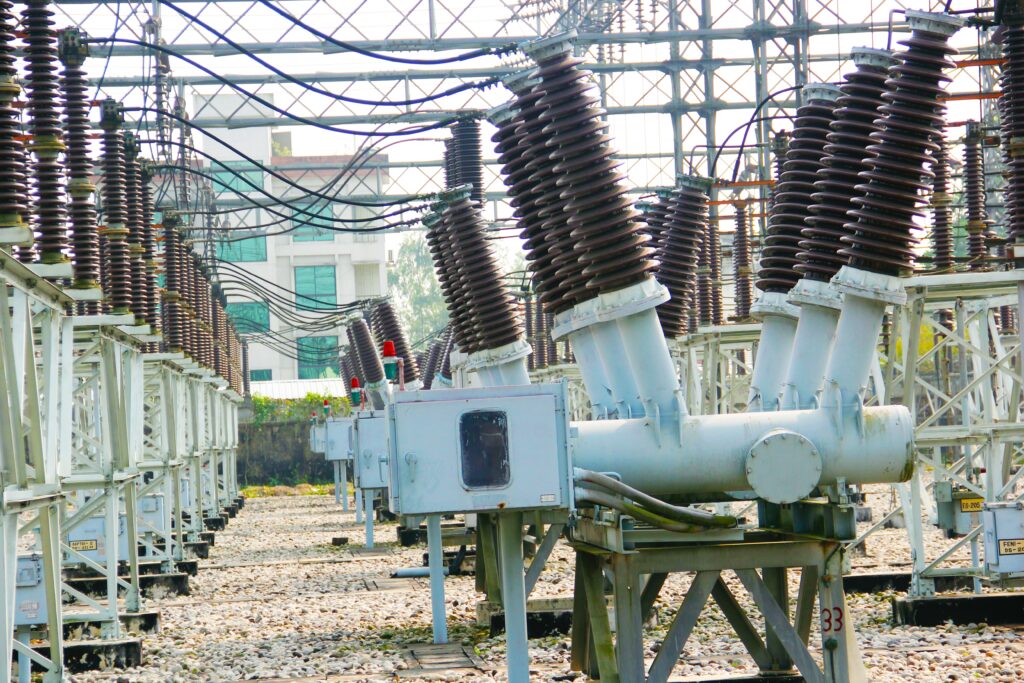
In the realm of artificial intelligence and machine learning, the Transformer has emerged as a revolutionary architecture, wielding a profound impact on various natural language processing (NLP) tasks. Developed by researchers at Google in 2017, the Transformer architecture, introduced in the paper titled “Attention is All You Need,” marked a significant departure from conventional sequence-to-sequence models.
Evolution of Machine Learning Architectures
Traditionally, recurrent neural networks (RNNs) and convolutional neural networks (CNNs) dominated the landscape of sequential data processing tasks. RNNs, with their sequential nature, suffered from challenges like vanishing gradients and were computationally intensive to parallelize. CNNs, on the other hand, struggled to capture long-range dependencies in sequences effectively.
Enter the Transformer Architecture
The Transformer architecture introduced a novel approach that relies solely on self-attention mechanisms, dispensing with recurrent or convolutional layers. Self-attention allows the model to weigh different words in a sentence differently when predicting or generating other words in the sequence, effectively capturing long-range dependencies with ease.
Key Components of the Transformer
- Self-Attention Mechanism: This component forms the crux of the Transformer architecture, enabling the model to capture relationships between different words in a sequence. It calculates the attention scores between all words in a sequence to determine the importance of each word concerning the others.
- Positional Encoding: As Transformers don’t possess inherent positional information (unlike RNNs and CNNs, which inherently encode sequence order), positional encodings are added to the input embedding to help the model understand the order of the sequence.
- Encoder and Decoder Stacks: The Transformer architecture consists of encoder and decoder stacks composed of multiple layers. Each layer contains self-attention mechanisms and feed-forward neural networks, allowing the model to process and generate sequences.
Applications of Transformers
Transformers have found extensive use in a multitude of NLP tasks, such as machine translation, text summarization, sentiment analysis, question answering systems, language generation, and more. Models like BERT (Bidirectional Encoder Representations from Transformers), GPT (Generative Pre-trained Transformer), and T5 (Text-to-Text Transfer Transformer) have pushed the boundaries of language understanding and generation.
Future Prospects and Challenges
While Transformers have demonstrated remarkable success, challenges persist, including their computational demands, especially for larger models, and their reliance on vast amounts of training data. Researchers continue to explore avenues to make these models more efficient, compact, and adaptable to various domains.
Conclusion
The Transformer architecture has transformed the landscape of machine learning, particularly in natural language processing. Its ability to capture intricate relationships in sequential data has led to remarkable advancements in various NLP tasks. As research and development in this domain continue, the potential applications and enhancements of Transformers are boundless, promising a future where machines understand and generate human language with unparalleled finesse and accuracy.
Excellent content! The way you explained the topic is impressive. For further details, I recommend this link: EXPLORE FURTHER. What do you all think?
Great article! I appreciate the clear and insightful perspective you’ve shared. It’s fascinating to see how this topic is developing. For those interested in diving deeper, I found an excellent resource that expands on these ideas: check it out here. Looking forward to hearing others’ thoughts and continuing the discussion!
Great article! I found your perspective on this topic both enlightening and thought-provoking. The way you break down complex ideas into understandable insights is truly commendable. It’s interesting to see how these developments could shape our future. I’m particularly intrigued by your point about potential challenges and would love to dive deeper into that.
For those who are interested in exploring this topic further, I recommend checking out this resource for more detailed information: comprehensive guide. It offers additional insights that complement what’s discussed here.
Looking forward to hearing others’ thoughts and continuing this discussion. Thanks for sharing such valuable information!
Fantastic article! I appreciate how clearly you explained the topic. Your insights are both informative and thought-provoking. I’m curious about your thoughts on the future implications of this. How do you see this evolving over time? Looking forward to more discussions and perspectives from others. Thanks for sharing!
This article offers a fascinating perspective on the subject. The depth of research and clarity in presentation make it a valuable read for anyone interested in this topic. It’s refreshing to see such well-articulated insights that not only inform but also provoke thoughtful discussion. I particularly appreciated the way the author connected various aspects to provide a comprehensive understanding. It’s clear that a lot of effort went into compiling this piece, and it certainly pays off. Looking forward to reading more from this author and hearing other readers’ thoughts. Keep up the excellent work!
I really liked your site. Do you mind https://zetds.seychellesyoga.com/info
Nice information about transformer really appreciable content